An effective solution that protects against infections without using chemical detergents harmful to health and the environment.
Avoiding infections caused by pathogens is a major concern in particular environments such as hospitals, doctors' surgeries, rehabilitation centres and gymnasiums, in the pharmaceutical and food industries and on rehab and disability aids, urban and public fittings. In this article we will cover the topic of self-sanitisation against bacteria and fungi to discover which pathologies the components of the ELESA SAN line protects against.
SELF-SANITISATION AND PATHOGENIC AGENTS
Self-sanitisation is a cleaning method that eliminates pathogen accumulation on the surfaces with which we come into contact, without the need for chemical detergents and with further considerable advantages: direct cost savings, a reduction in the environmental impact caused by the use of industrial and ecotoxic chemicals, and the elimination of exposure to toxins released into the environment, which can be harmful to health.
Pathogens are biological agents responsible for the onset of disease in the host organism. They are mainly divided into bacteria, fungi, and viruses. All environments in which we live are potentially exposed to the risk of pathogen proliferation, but in some such as hospitals, long-term care facilities, and doctors' surgeries, where there are high rates of antimicrobial resistance, this risk poses a real threat to health. In fact, in these environments it has been observed that, even if the traditional sanitisation procedures are scrupulously carried out, in 5-30 percent of cases microbial contamination persists on surfaces with high contact frequencies, especially those touched by hands.
It is therefore important to implement effective prevention measures to reduce the possibility of contracting infections.
SAN ANTIMICROBIAL - A SPECIAL LINE OF ELESA PRODUCTS
To meet this need, ELESA has developed a line of components made of self-sanitising technopolymer containing inorganic silver ion-based antimicrobial additives (without active pharmaceutical ingredients, antibiotics or pesticides) that penetrate the surface of the cell to attack its DNA, thereby preventing the proliferation of unwanted organisms such as microbes, bacteria, and fungi. The metal inserts are in stainless steel.
The silver particles contained in the special technopolymer are distributed throughout the material and not just on the surface, allowing the antimicrobial self-sanitising effect to be maintained unchanged for the entire life cycle of the components, even when there is abrasion on the surfaces.
Designed for mounting on medical and hospital equipment, for rehab and disability aids, pharmaceutical industry machinery, urban and public fittings, these components are free from toxic side effects and offer resistance to corrosion, humidity, and to the detergents used during any disinfection, which are in any case required by law in certain types of environments.
HOW Ag+ SILVER IONS WORK
- They penetrate the cell surface
- They block the enzyme system
- They attack the microbe's DNA, preventing it from reproducing
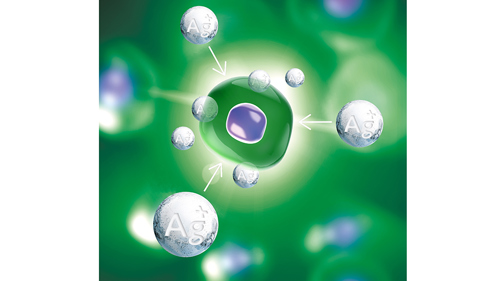
The controlled release mechanism of the silver ions allows the inalterability of the antimicrobial characteristics to be prolonged over time, even after numerous washing cycles, as a guarantee of the antimicrobial characteristic of the SAN - Antimicrobial line.
INFECTIONS AGAINST WHICH THE COMPONENTS OF THE SAN LINE PROTECTS
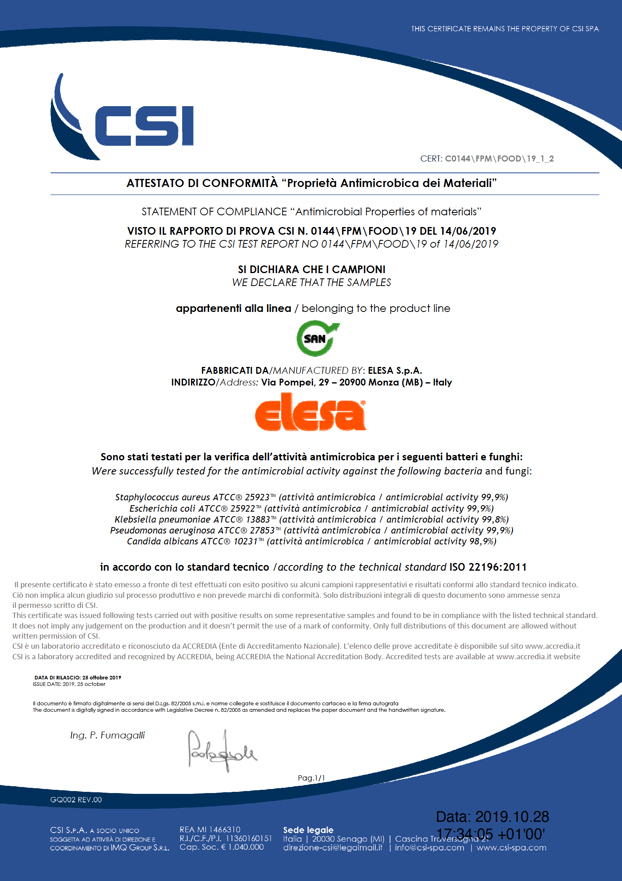
All components of the SAN – Antimicrobial line are supplied with a “Antimicrobial Property of Materials” Compliance Certificate, obtained following tests on samples of material in accredited laboratories, according to the standards of ISO 22196:2011 (Measurement of antibacterial activity on plastics and other non-porous surfaces) which is derived from the JIS Z 2801 standard.
Below are the pathogens tested and the main related infections. Laboratory tests have shown that 98.9% of the bacterial load is eliminated over the course of 24 hours.
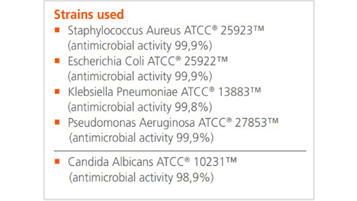
*The tests were performed at CSI Spa, a laboratory recognised and accredited by ACCREDIA at national and international level. The laboratory complies with the requirements of UNI CEI EN ISO/IEC 17025. Certificate ID: C0144\FPM\FOOD\19
PATHOGENIC AGENTS AND INFECTIONS CAUSED
- Staphylococcus aureus - S. aureus is one of the most common causes of bacteremia and infective endocarditis. Additionally, it can cause various skin and soft-tissue infections, particularly when skin or mucosal barriers have been breached.
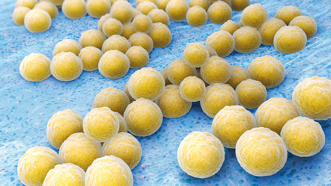
-
Escherichia coli - Most E. coli strains do not cause disease, naturally living in the gut, but virulent strains can cause gastroenteritis, urinary tract infections, neonatal meningitis, hemorrhagic colitis, and Crohn's disease. Common signs and symptoms include severe abdominal cramps, diarrhea, hemorrhagic colitis, vomiting, and sometimes fever. In rarer cases, virulent strains are also responsible for bowel necrosis (tissue death) and perforation without progressing to hemolytic-uremic syndrome, peritonitis, mastitis, sepsis, and Gram-negative pneumonia.
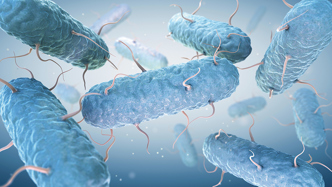
- Klebsiella pneumoniae - The most common condition caused by Klebsiella bacteria outside the hospital is pneumonia, typically in the form of bronchopneumonia and also bronchitis. These patients have an increased tendency to develop lung abscess, cavitation, empyema, and pleural adhesions. It has a death rate around 50%, even with antimicrobial therapy.
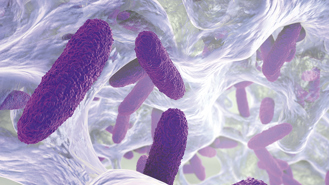
- Pseudomonas aeruginosa - It typically infects the airway, urinary tract, burns, and wounds, and also causes other blood infections.
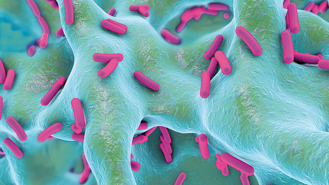
- Candida albicans - Candida are ranked as one of the most common groups of organisms that cause hospital-acquired infections. It commonly occurs as a superficial infection on mucous membranes in the mouth (men and women) or vagina (women). It continues to be the fourth most isolated organism in bloodstream infections. Once in their lives around 75% of women will suffer from vulvovaginal candidiasis (VVC) and about 90% of these infections are caused by C. albicans.
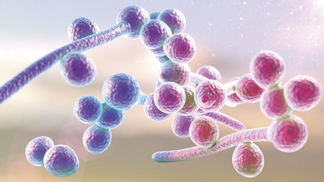











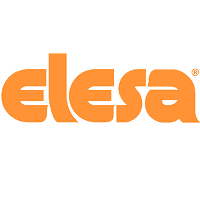
BEAS funding available to help businesses cut energy costs
And not a moment too soon, if the following exchange broadcast last Friday 13th June, on the Radio 4 ´Rare Earth´ program (link below, ~ 17 minutes...